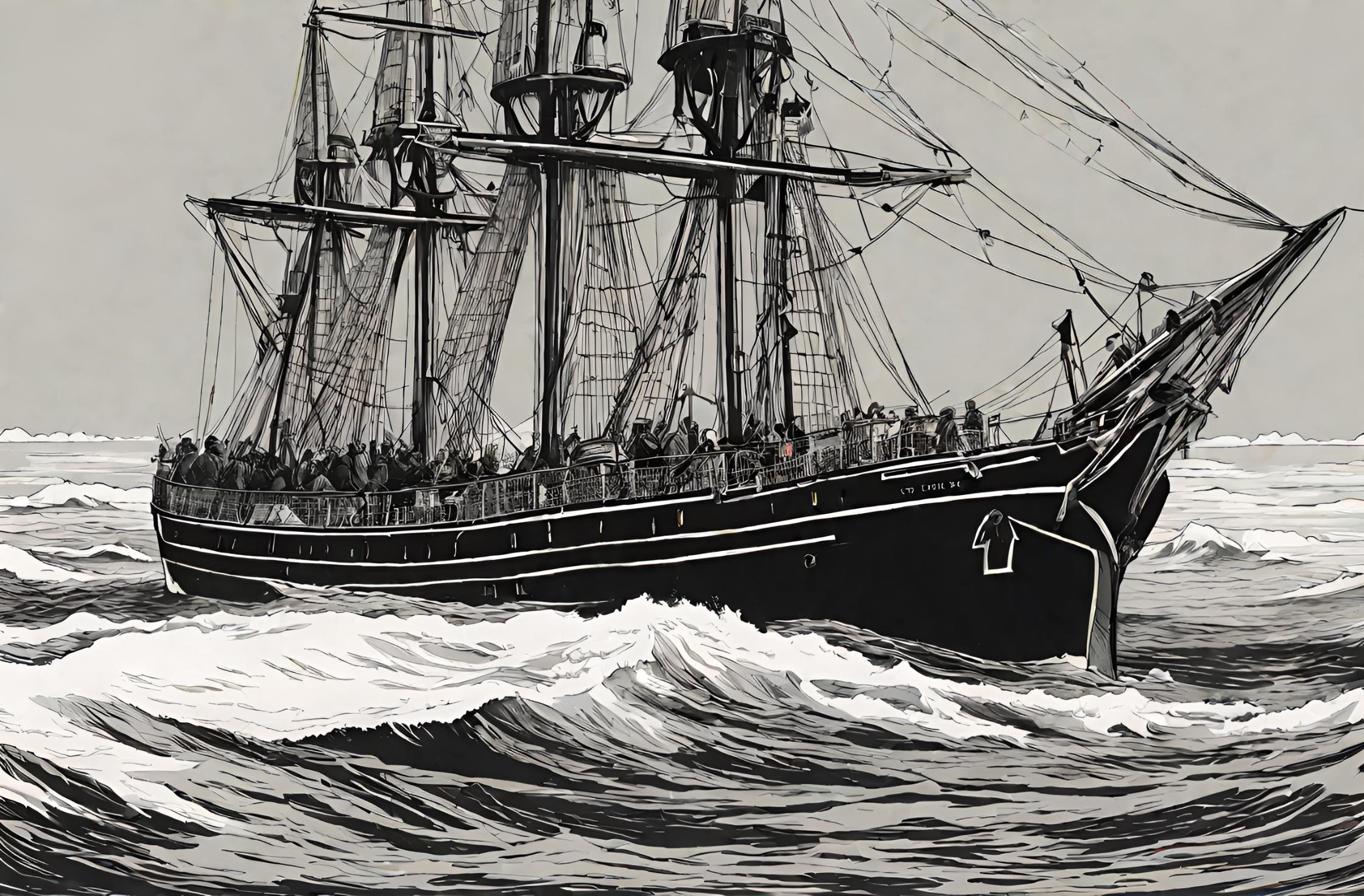Flashback to April 27
American History

Daylight Saving Time (DST) is a practice observed in various countries around the world, including the United States. It involves adjusting the clock forward by one hour during the summer months to extend evening daylight and save energy. On February 9, 1942, the United States implemented Daylight Saving Time, a move that had significant implications for the nation during World War II.
The concept of Daylight Saving Time can be traced back to Benjamin Franklin, who first proposed the idea in a satirical essay in 1784. However, it wasn’t until the early 20th century that DST started to gain traction. Germany was the first country to adopt DST during World War I as a way to conserve energy for the war effort.
In the United States, DST was first used in 1918 as a temporary measure to save fuel during World War I. However, it was repealed after the war ended. The implementation of DST in the U.S. has since been a topic of debate and undergone several changes over the years.
During World War II, the United States once again embraced Daylight Saving Time as a means to conserve resources and promote energy efficiency. On February 9, 1942, President Franklin D. Roosevelt signed the “War Time” Act, which made Daylight Saving Time mandatory across the nation.
The purpose of this measure was to take advantage of the extended daylight hours during the summer and reduce the need for artificial lighting. By shifting the clock forward by one hour, it was estimated that the country could save around 1 billion kilowatt-hours of electricity, which was crucial during wartime.
The implementation of DST during World War II had both positive and negative effects. One of the main benefits was the conservation of energy resources. The extended daylight hours allowed people to reduce their dependence on electricity and rely more on natural lighting, thus saving energy and fuel.
Another advantage of DST was increased productivity. With more daylight available in the evenings, people had more time to engage in outdoor activities, which helped to boost morale and overall well-being. Agricultural productivity also improved, as farmers had more daylight to work in the fields.
However, the implementation of Daylight Saving Time was not without drawbacks. One of the major criticisms was the disruption caused by changing the clocks twice a year. Many people struggled to adjust their sleeping patterns and reported increased fatigue, which impacted their productivity.
Another challenge was coordinating DST across different states and cities, as not all areas in the United States adopted the practice at the same time. This led to confusion and inconveniences for businesses and transportation systems operating on different schedules.
Despite these challenges, Daylight Saving Time became a regular practice in the United States and is still observed today. Over the years, there have been adjustments to the start and end dates of DST to address concerns and optimize energy savings.
The implementation of Daylight Saving Time in the United States on February 9, 1942, was a significant move during World War II to conserve energy and resources. While it had its advantages in terms of energy efficiency and increased productivity, it also posed challenges in terms of disruptions and coordination. Nevertheless, Daylight Saving Time remains a practice observed by many countries globally, reflecting the ongoing efforts to utilize daylight more effectively and ensure sustainable use of resources.
We strive for accuracy. If you see something that doesn't look right, click here to contact us!
Sponsored Content

Pomona sinks in North…
On April 27, 1859,…

Tornado destroys Pryor, Oklahoma,…
On April 27, 1942,…

Americans under General Pike…
On April 27, 1813,…

Jerome Lejeune, physiologist, dies…
Jerome Lejeune, a renowned…

1,450 of 2,000 paroled…
On April 27, 1865,…

Grant’s Tomb is dedicated.
On April 27, 1897,…

